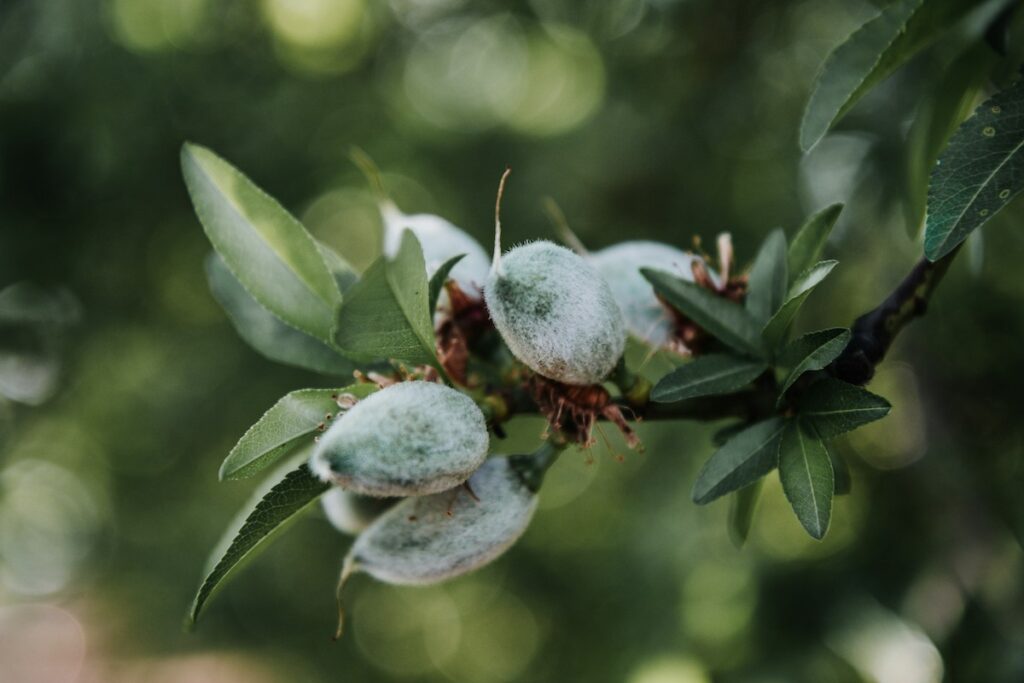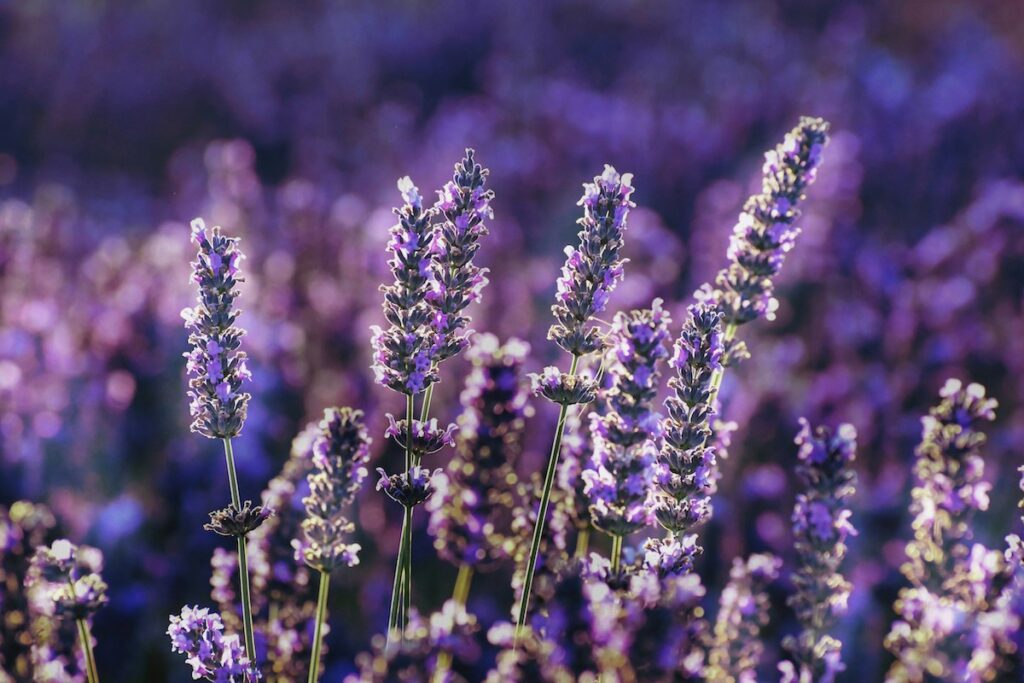Moisturising hair is essential for maintaining its health, shine and suppleness. At the heart of this process is the hydrolipidic film, a thin protective layer that covers the scalp and hair shafts. This natural barrier plays a crucial role in preserving moisture and protecting against external aggressors. Find out all you need to know about the role of the hydrolipidic film and how proper hydration influences the beauty and health of our hair.
What is the hydrolipidic film?
The hydrolipidic film is a thin, protective layer on the surface of the skin and scalp. Composed mainly of sebum, produced by the sebaceous glands, and sweat, it forms an imperceptible but essential barrier.
The primary function of this mixed lipid-water envelope is to protect the skin and hair against external aggressors such as pollution, bacteria and climatic variations. The hydrolipidic film also plays a crucial role in maintaining natural hydration, preventing excessive evaporation of water and preserving the elasticity and suppleness of the skin and hair.
The composition of the hydrolipidic film can vary depending on a number of factors, including age, diet, skincare routines and the environment. A change in this film can lead to dehydration, increased sensitivity and various skin or hair problems such as dryness, excess sebum or irritation.
Understanding how it works and how to preserve it is therefore essential to maintaining healthy, strong hair and a healthy scalp.
How does the hydrolipidic film contribute to hair hydration?
The hydrolipidic film, made up of lipids, creates a vital barrier for preserving scalp and hair shaft moisture. By acting like a natural seal, the hydrolipidic film helps retain water inside the hair fibre, ensuring hair's elasticity and resistance.
What's more, this film acts as a regulator, helping to maintain a balance between the hair and its environment. It protects against hygrometric variations, i.e. changes in the humidity of the air, thus preventing dryness or excess hydration that can make hair heavy.
The sebum it contains may also have antibacterial and antifungal properties, protecting the hair and scalp from infections that could alter their health and hydration.
For hair specifically, the hydrolipidic film helps to keep the cuticle, the outer layer of the hair, smooth and intact, which helps to reflect light and give hair its natural shine. Good hydration thanks to a healthy hydrolipidic film is therefore essential for beautiful, healthy hair.
Dry hair and oily hair: what are the differences for the hydrolipidic film?
The differences between the hydrolipidic film of dry hair and that of oily hair are mainly linked to the quantity and quality of sebum produced by the sebaceous glands.
For dry hair, the hydrolipidic film is often insufficient due to reduced sebum production. This lack of sebum leads to inadequate hydration, leaving the hair cuticle exposed and vulnerable. As a result, dry hair can feel brittle, dull and rough to the touch. Without the proper protective layer of sebum, dry hair easily loses moisture, which can worsen its condition.

With an insufficient hydrolipidic film, dry hair is fragile hair

And too much hydrolipidic film often results in greasy hair.
In contrast greasy hair are characterised by excessive sebum production. This overproduction can make hair feel heavy and look oily or wet. An excessively dense hydrolipidic film can also attract and retain dirt and pollutant particles, which can lead to scalp problems such as dandruff or itching.
So the key to maintaining a balanced, healthy hydrolipidic film lies in regulating sebum production and adopting hair care routines tailored to the specific needs of dry or oily hair.
What factors can damage the hydrolipidic film?
A number of factors can damage the hydrolipidic film, compromising its ability to protect and moisturise the scalp and hair.
Chemical products and aggressive care products
Regular use of products containing sulphates, alcohol or other harsh ingredients can seriously alter the hydrolipidic film. These ingredients can strip away natural oils, leaving the scalp and hair devoid of their natural protective barrier.
In addition, hair treatments such as colouring or straightening can compromise the integrity of this film, leading to dehydration and increased sensitivity.
Extreme weather conditions
Whether it's the wind, the sun or extreme temperatures, the elements can have a devastating impact on the hydrolipidic film. The dry cold of winter and the heat of summer, especially when the air is dry, can speed up the evaporation of water from skin and hair, weakening their natural defences.


The use of heating appliances
Using heated accessories such as hairdryers, straightening irons or curling irons can damage the hair's hydrolipidic film due to the high heat. These techniques can lead to dehydration of the hair, making it more vulnerable to external aggressions.
Hormonal and dietary influences
Hormonal fluctuations can unbalance sebum production, disrupting the stability of the hydrolipidic film. At the same time, a diet lacking in essential nutrients such as fatty acids, vitamins and minerals can also compromise the health of the skin and hair.
The impact of ageing
With advancing age, the sebaceous glands can become less active, reducing sebum production and therefore weakening the hydrolipidic film. This natural change often requires an adjustment to hair care routines to maintain the hair's moisture and protection.
How can damaged hydrolipidic film be restored?
To restore a damaged hydrolipidic film, the use of organic plant oils such as jojoba, sweet almond, sesame and sunflower is highly beneficial. These oils, similar in composition to natural sebum, help to replenish lost lipids.
Wheat germ and maize extracts, rich in vitamins and antioxidants, offer cell regeneration while protecting hair structure and skin. Plant proteins strengthen the hair fibre, and vitamin E acts as a natural preservative while neutralising free radicals.
In aromatherapy, lavandin, Italian lemon, verbena and citron bark essential oils are known to soothe the scalp.



Natural solutions to restore the hydrolipidic film and keep hair hydrated
What practices can help preserve the hydrolipidic film?
Preserving the hydrolipidic film is based on a skincare routine that stimulates the skin's natural protection mechanisms. This involves adopting skincare routines that respect the natural rhythm of the skin and hair, such as reducing the frequency of washing to preserve sebum.
The use of thermal protectors before using heated accessories (straightening irons, curling irons and hairdryers) is essential to protect hair from excessive heat. Protect your skin and hair from environmental damage by wearing hats and using sunscreens suitable for the scalp.
Favour natural styling products and avoid styles that are too tight, which exert pressure on the scalp and can impair blood circulation, essential for maintaining a healthy hydrolipidic film.
The hydrolipidic film is essential for healthy hair, acting as a protective barrier and moisture regulator. Protecting and restoring it requires special attention and targeted care.
To do this, make a hair diagnosis is essential if we are to understand the specific needs of our hair and scalp. This allows us to adapt our hair care routines and choose the most appropriate products, thus ensuring the vitality and shine of our hair.

